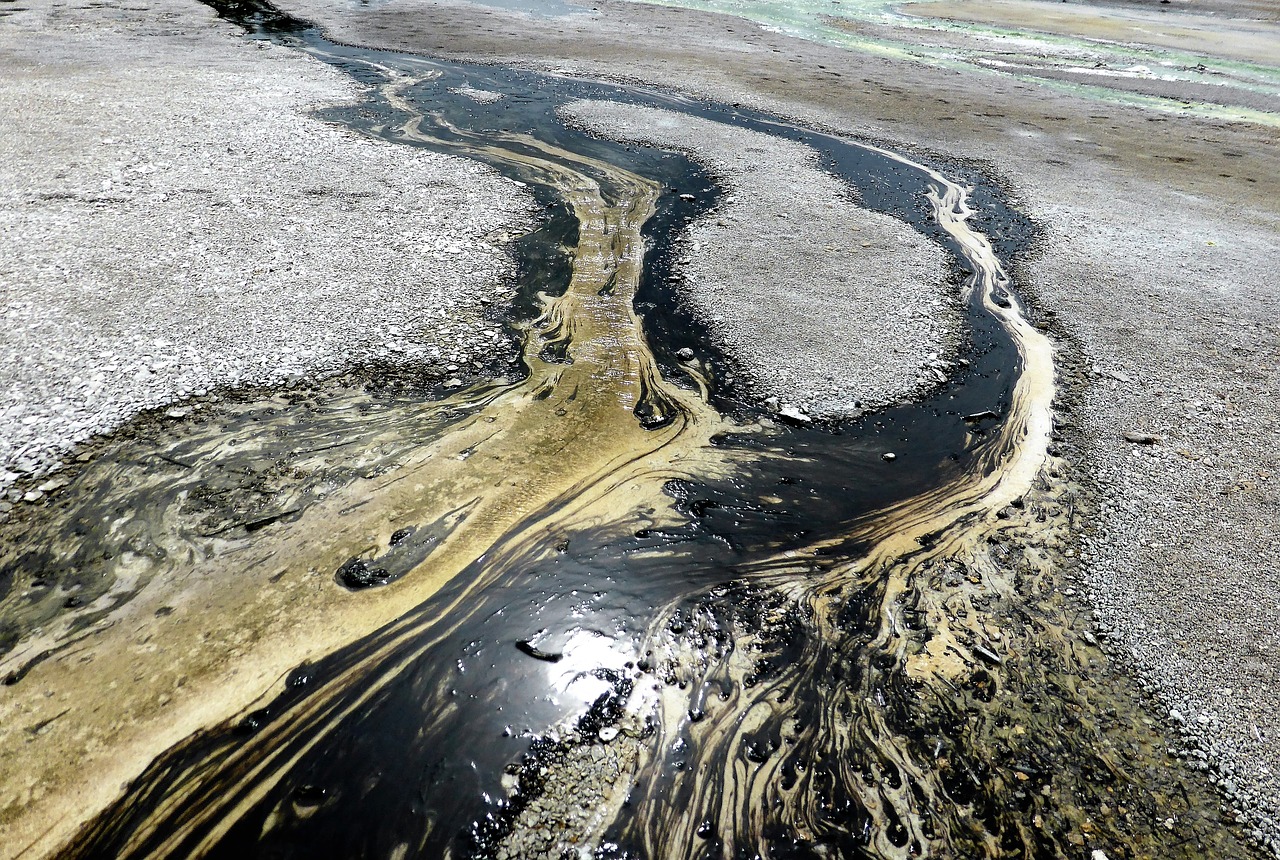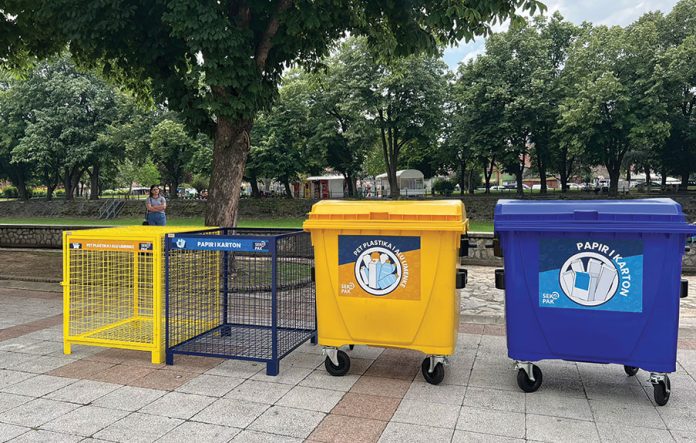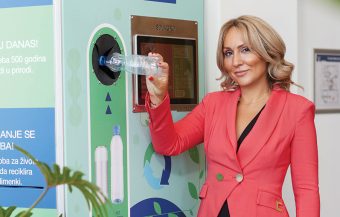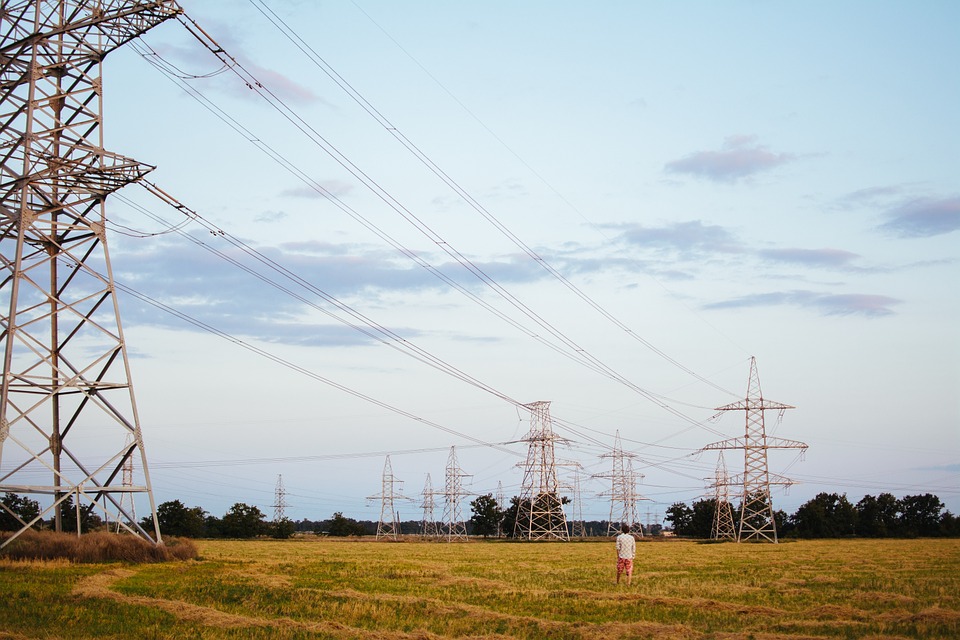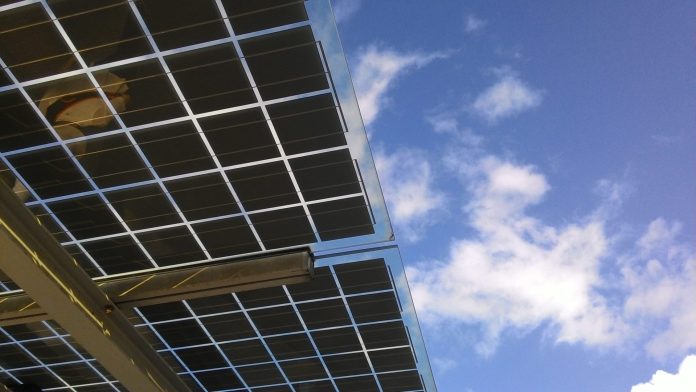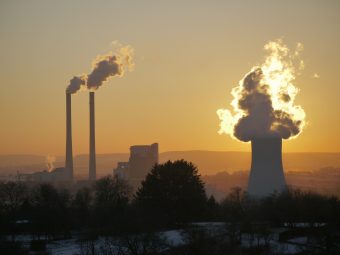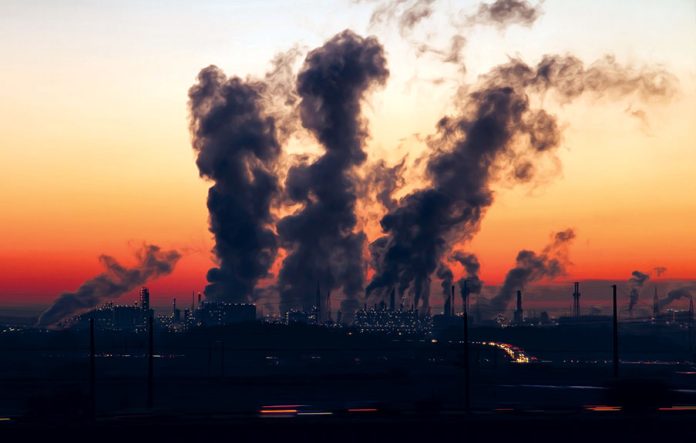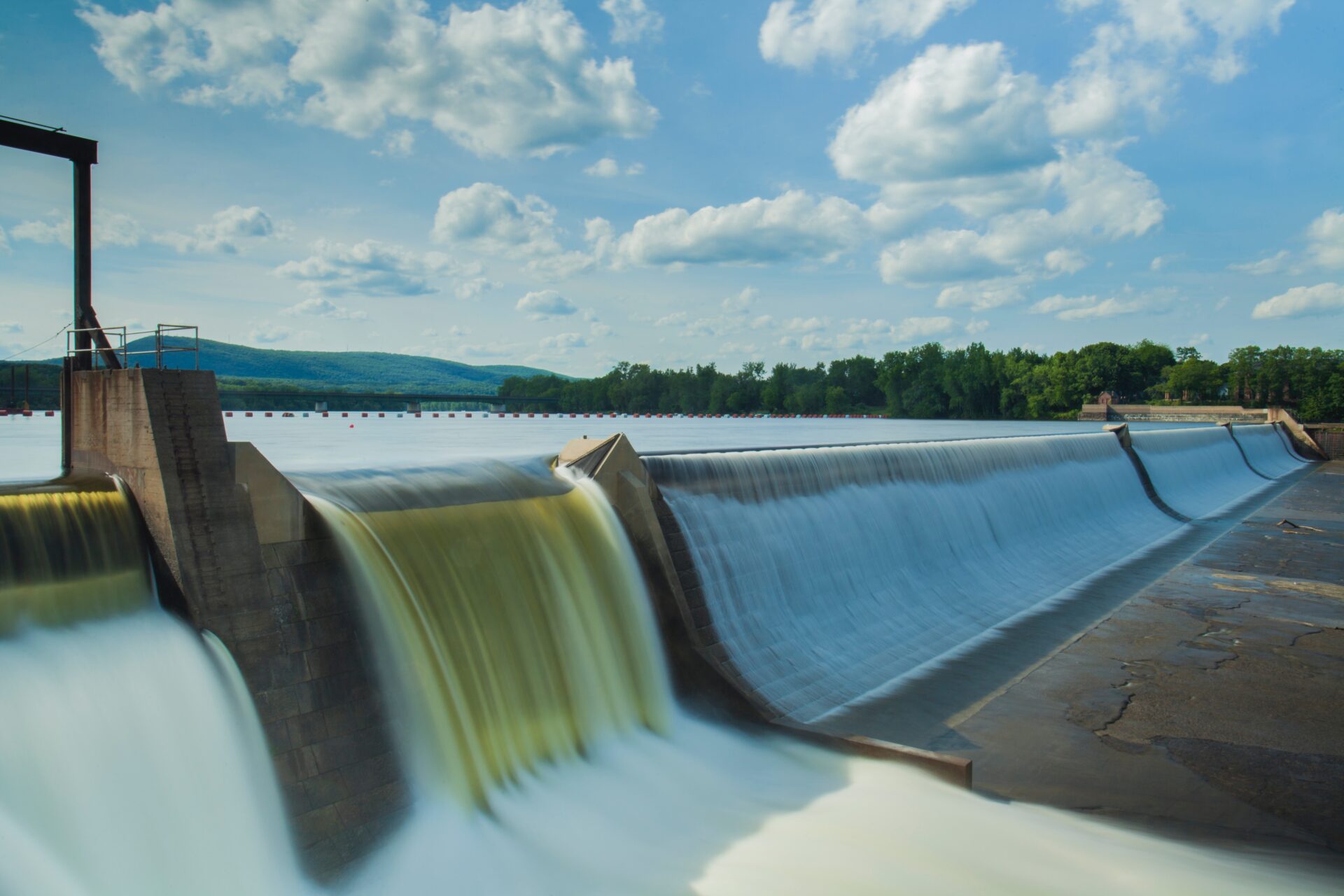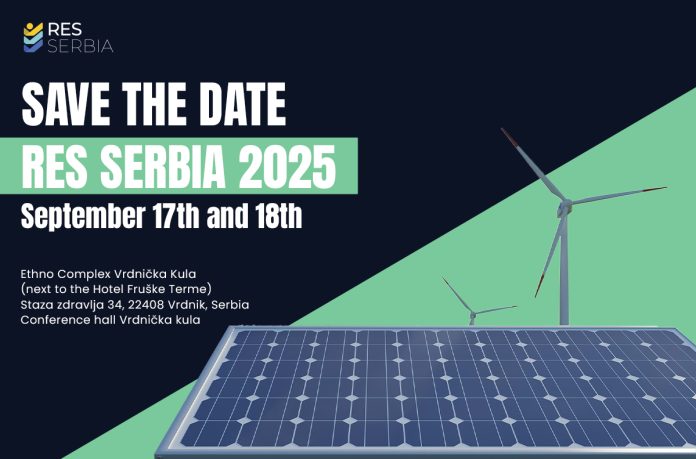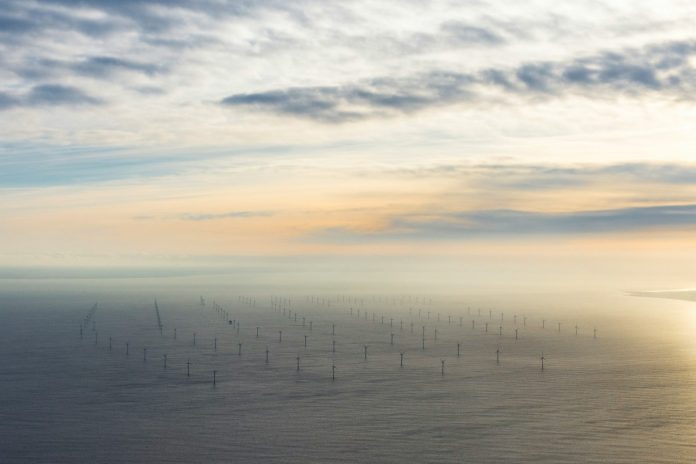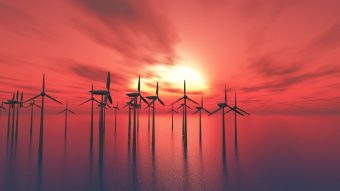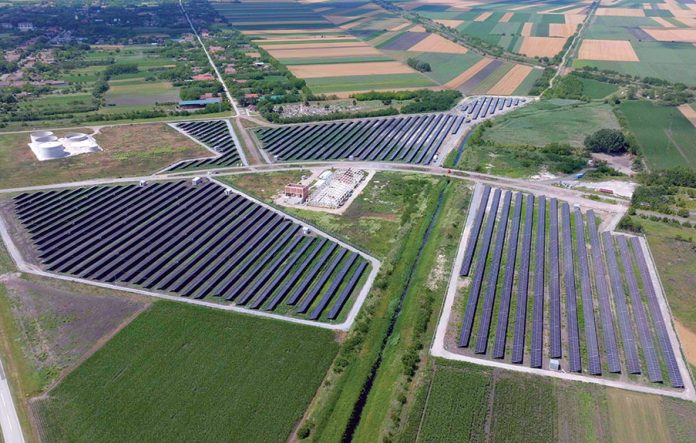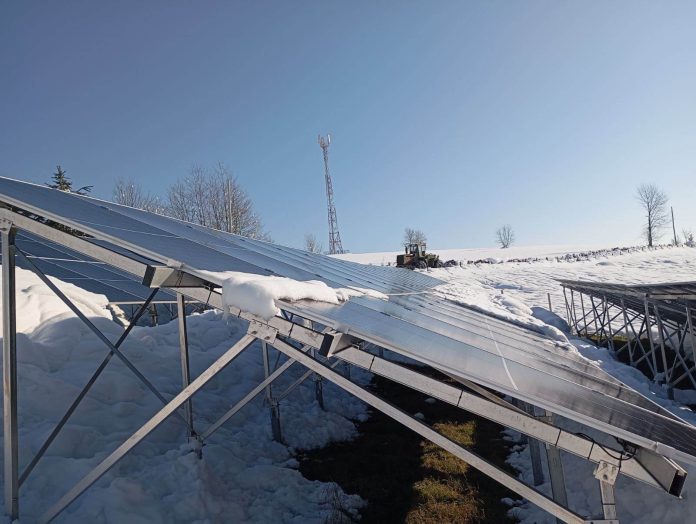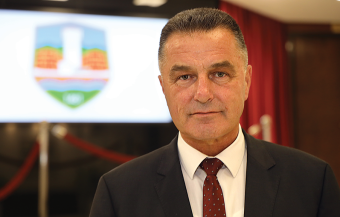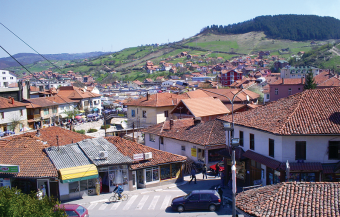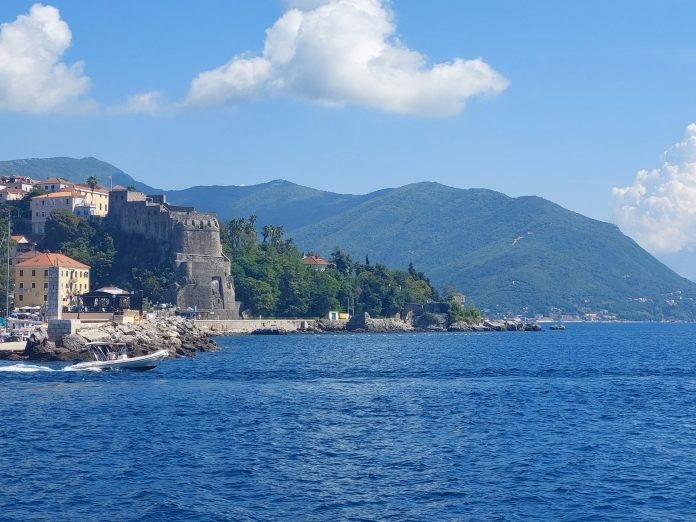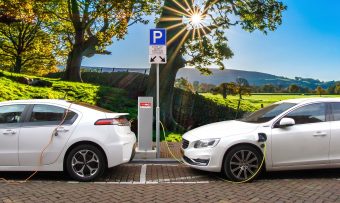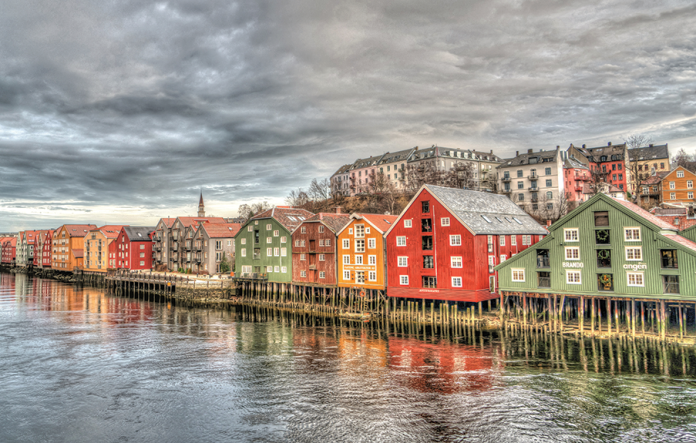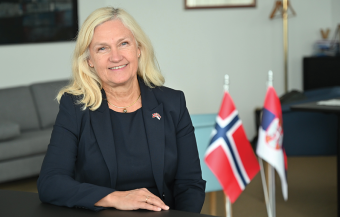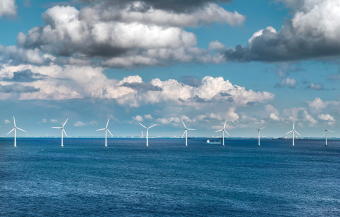Kazakhstan has recently announced a completely new step in its energy sector – the launch of commercial shale exploitation. This is a method of oil extraction that differs from conventional practices. Shale, a type of rock, has a high organic matter content, making it suitable for the production of shale oil and gas. However, hydrocarbons in shale are not readily available in reservoirs but are instead trapped within the rock.
Kazakhstan has decided to initiate this project, scheduled to begin this year, primarily due to economic and financial challenges in this energy-rich country, as reported by foreign media.
Oil and gas already account for a significant portion of Kazakhstan’s GDP, approximately one-fifth. However, shale oil represents a completely new opportunity for diversifying energy sources. To achieve this, technologically demanding methods such as hydraulic fracturing will need to be applied to access deeper geological layers and extract oil that was previously considered inaccessible.
More:
- Global Coal Demand is Set to Plateau Through 2027
- Diversification of Energy Sources: North Macedonia Turns to Azerbaijan
- NE Krško 2: Financial Estimates Ahead of the Consultative Referendum
The core of the method involves injecting a mixture of water, sand, and specific chemicals through a well at extremely high pressure. This process creates fractures in the rock, allowing oil and gas to seep out to the surface. However, this technology often sparks debate—while some emphasize its energy benefits and increased economic independence, others warn about potential environmental risks, including seismic activity and groundwater contamination.
Despite these concerns, it is becoming increasingly evident that Kazakhstan is making significant efforts to maintain market stability and enhance investment opportunities. The country already adheres to agreed oil production quotas through its OPEC+ membership, given its abundant energy resources, but this method opens up further possibilities.
Energy portal


